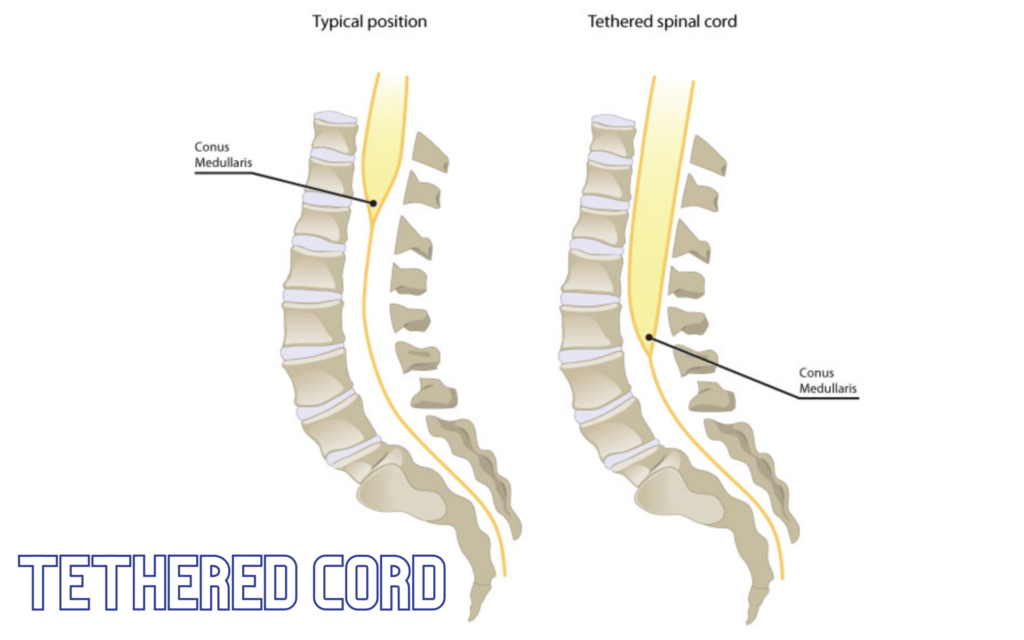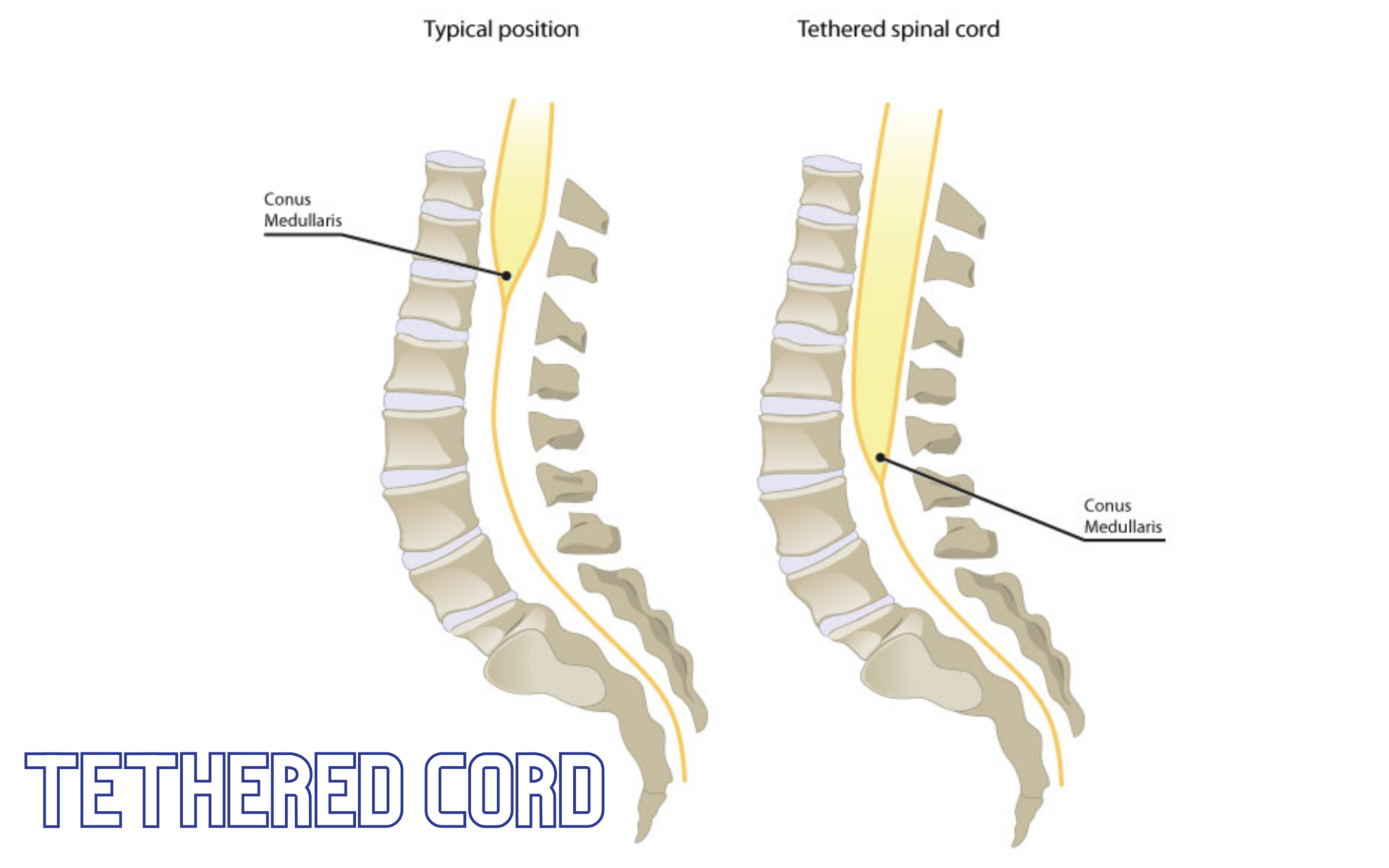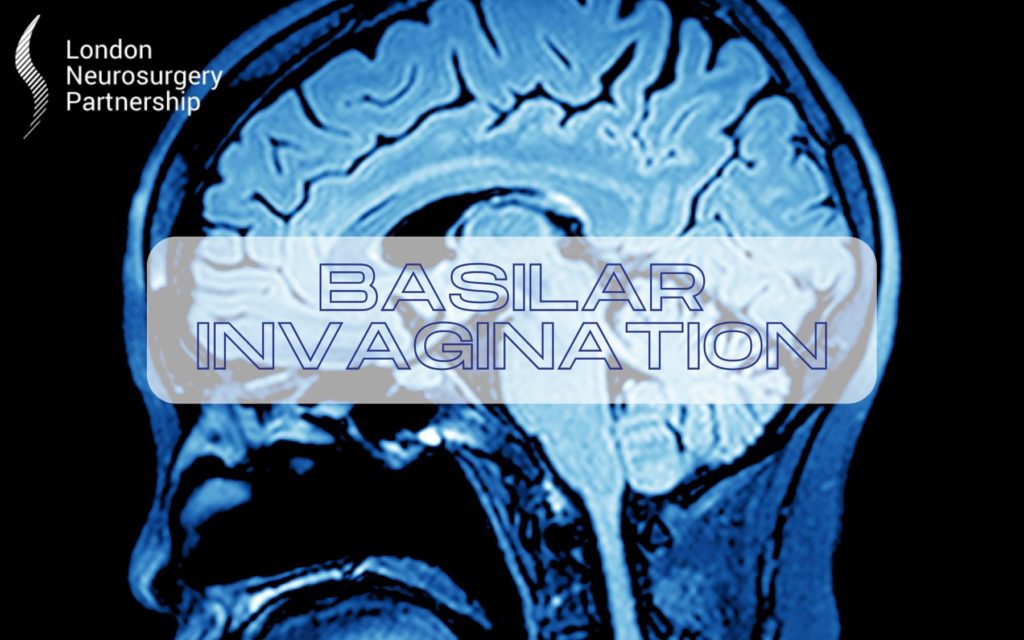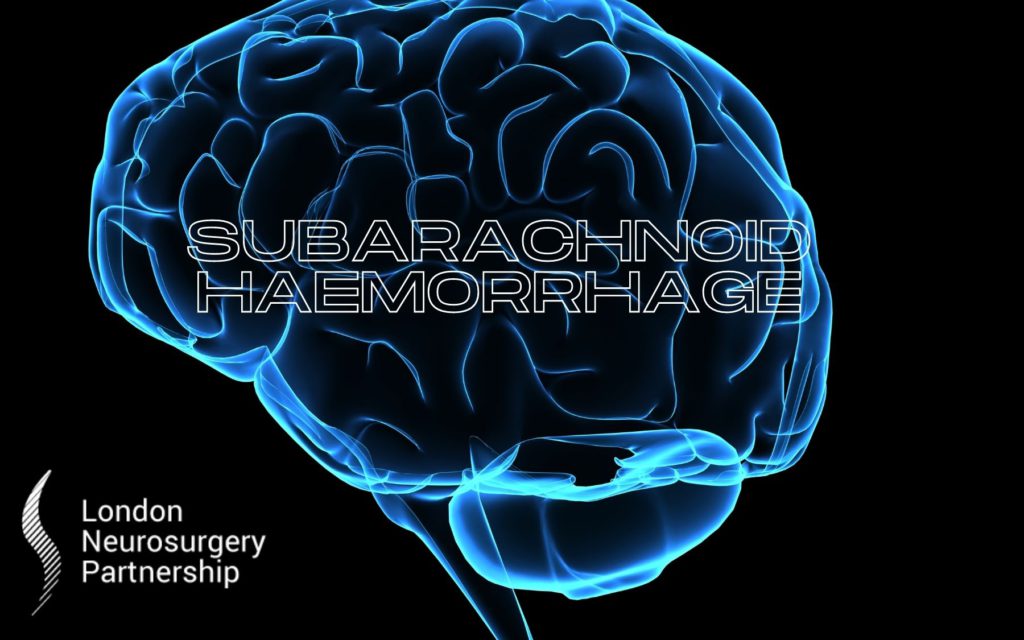
Tethered cord syndrome is a rare neurological condition, present from birth where the bottom end of the spinal cord is fixed so that it can’t move freely in the spine as the child grows. A normal spinal cord is able to move freely inside the spinal canal without causing any pain.
A tethered cord happens during fetal development, as we grow in the womb and our spinal column begins to develop. In rare circumstances, it is possible for the spinal column to develop in a disorganized way and the spinal column may not form properly, and/or filum terminale can get trapped during development. The spinal cord can also be tethered by fatty lumps in the spinal canal and spinal sinuses.
What are the symptoms?
Children may develop several of the below symptoms that may start to grow after rapid growth around 2 years old. Of course, symptoms can occur earlier or later in childhood development.
- Persistent back pain
- Shooting pain or changes of sensation in the legs
- Difficulty walking
- Weakness and numbness in the legs
- The curvature of the spine (scoliosis)
- Loss of bladder and bowel control
- Frequent urine infections
- Hairy patches, dimples or fatty tumours in the lower back
It is possible for spinal cord tethering to occur following a traumatic spinal cord injury, infection or surgery.
How is tethered cord syndrome diagnosed?
To diagnose a tethered cord, a consultant will conduct a neurological examination which includes checking how the nerves and spinal cord function. An MRI scan will be necessary to identify and assess the condition, to see where the cord ends, and to see if there are any lipomas that may be tethering it.
How to treat a tethered cord?
Surgery is usually an option, especially in children to free the tethered cord and to remove and tissue causing the tethering. The surgery will allow the spine to move, stretch and develop freely and to prevent any further deterioration. Surgery will be recommended in a case-by-case situation.
If you would like more information on tethered cord surgery, please contact our office where we can assist you further.
This article is intended to inform and give insight but not treat, diagnose or replace the advice of a doctor. Always seek medical advice with any questions regarding a medical condition.






0 Comments